Keeping your pool pump running helps the pool to function properly by circulating water through the pool components. But can you run the pool pump with the pool cover on? And is it safe to do so? This post reveals the answers to these questions and more. So let’s dig in.
Article Contents
Is It Safe To Run The pool Pump With The Pool Cover On?
It is safe to run the pool pump and filter with a swimming pool cover on. The pool cover doesn’t in any way stop or hinder the pool pump from circulating the water or carrying out its function. In fact, keeping a pool cover on reduces the number of hours the pump needs to run and, as a result, increases the pump’s lifespan.
How? Let’s go deeper.
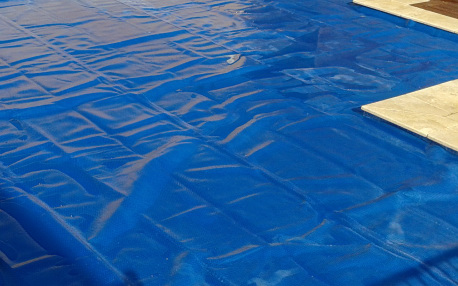
The pool cover and pool pump have different uses. On one hand, the pool pump is designed to circulate water in the pool. As the water is being circulated, the debris and contaminants in the pool are trapped in the skimmer basket and pool filters.
On the other hand, the pool cover is used to protect the pool from contaminants and debris that may fall into the pool water. Since the pool cover is on, debris like leaves, bird droppings, grass clippings, and other organic matter will not get into the pool water keeping your pool much cleaner.
This reduces the hours that you have to keep the pump running to clear out and trap debris in the pool water. Leaving the pool cover on while running the pool pump reduces the workload of the pool pump.
And if you keep your pool covered most of the time, you can even get away with running your pool pump for 2-4 hours a day. Since the majority of debris and organic matter is kept out of your pool.
However, if you leave in a climate where the winter gets close to or below freezing, you should run the pool pump for 8-10 hours daily if you’re not closing the pool for the winter. And that’s even when the pool cover is on. This is to help prevent the pool pipes from freezing when the temperatures get close to freezing.
For a more detailed look at how to prevent your pool pipes from freezing, check out our article here: When Do Pool Pipes Freeze & How to Prevent Freezing
Also, keeping the pool cover on while running the pool pump helps to save money that would otherwise have been used to pay for a higher electricity cost of running the pool pump.
You may be aware, there are different types of pool covers. So is it the same for all? What type of pool cover can you use while running the pool pump? Let’s find out.
What Type of Pool Cover Can You Use While Running The Pool Pump?
You can use virtually any type of pool cover while running the pool pump. Let’s check out some common pool cover options.
Solar Pool Cover
A solar pool cover is designed to keep the pool water warm and to prevent debris from entering the pool. If the solar pool cover is on while the pool pump is running, this will help to get the pool water warm quicker.
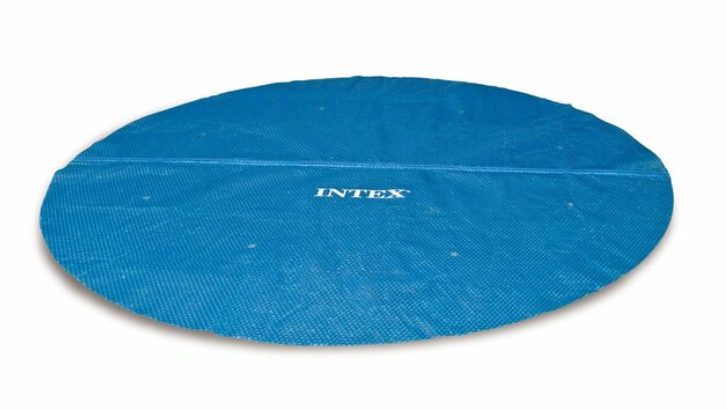
Also, keeping the solar pool cover on while running the pool pump reduces the rate of evaporation or moisture loss in the pool.
Thermal Pool Cover or Blankets
Thermal pool blankets are designed as insulation covers. The blanket helps with heat retention in the pool and evaporation reduction. Running the pool pump with a thermal blanket on eliminates the stress of rolling the thermal blanket. Pool owners with thermal blankets know how heavy and tasking it can be to move the thermal cover.
Pool Safety Cover
Pool safety covers are common with in-ground pools. They are usually anchored into the deck of in-ground pools. Pool safety covers are common for one feature. The cover is sturdy enough and can be walked on.
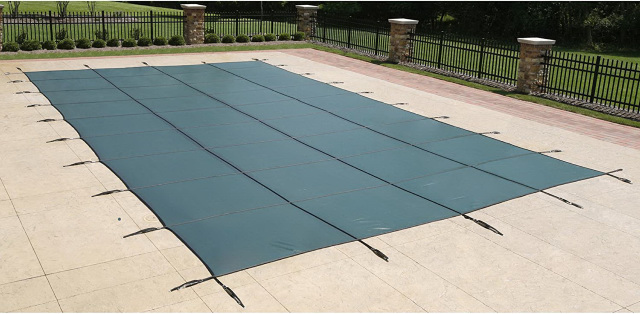
You can keep the safety cover on while running the pool pump, too. However, water circulation can be slowed down. This is because the safety cover can prevent the water on the surface of the pool from being circulated freely. Aside from this, running the pool pump with a pool safety cover on poses no risk to your pool.
Tip: You will need to run the pool pump longer if using a mesh pool cover. Mesh pool covers let fine dust through them, which means the water will be dirtier than if you were using a solar or thermal pool cover. You want to make sure this dirt or dust is filtered out of the water to keep your water clean and healthy.
There are a few pro-tips to follow when running your pool pump with the cover on.
Let’s take a closer look.
Tips To Follow While Running Your Pool Pump With The Cover On
Here are a few tips to follow:
1) Ensure the water doesn’t drop below the skimmer basket. – The water level should ideally be about halfway up the skimmer basket. If the water level is below the mid-point of the skimmer basket, the pool pump would be starved of water and this will lead to poor water circulation.
2) Blow off (using a leaf blower) or sweep off (using a pool broom) the leaves on the top of the cover. That will help stop them from getting in the water or clogging up the skimmer basket.
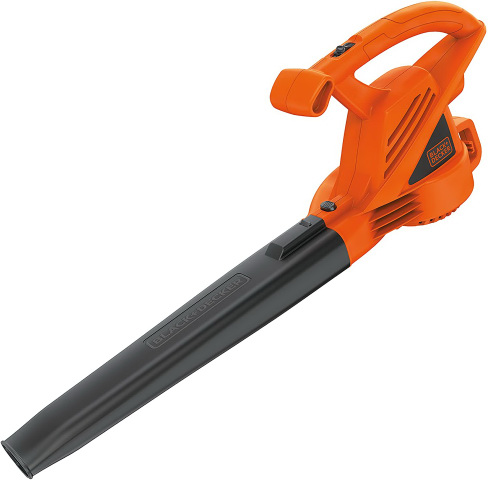
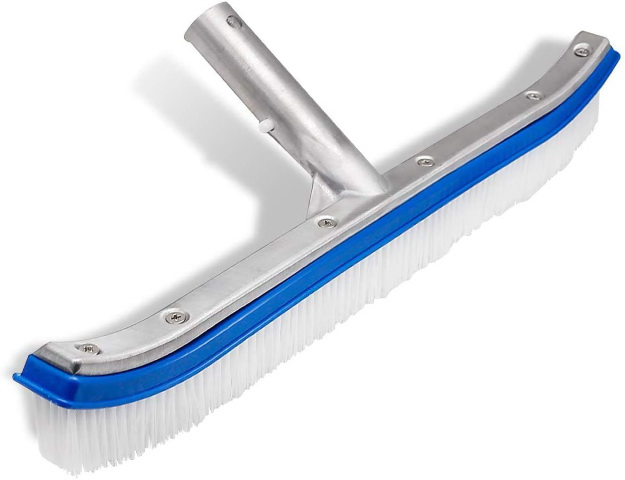
3) You should cut a flap in the pool cover for the skimmer opening.
Pool covers when used on the pool tend to overlap and cover the skimmer. This isn’t a problem but sometimes, the pool cover can prevent the skimmer weir (or door) from moving freely. So it’s better to cut a flap or gap for the skimmer opening.
4) Vacuum the water on the pool cover. When the pool cover is on, it prevents rain, floodwater, and the likes from entering the pool. The water remains on the pool cover and should be vacuumed or sucked off.
You really don’t want dirty, stagnant water getting into your pool. If it does, it will mix and dilute the pool chemicals and dump organic matter into the water – which means you’ll need to add more chlorine. Also, rain and flood water can alter the pool water chemistry.
5) Remove the Pool Cover When Adding Chemicals. Adding chemicals like chlorine and muriatic acid isn’t a good idea with the pool cover on. These chemicals are harsh and can shorten the life of a swimming pool cover.
Final Thoughts
Overall, you can run the pool pump with the pool cover on. Not only is it safe to do so but doing this helps to save cost and time making pool maintenance easier. You should also ensure to follow the tips explained above to prevent pool equipment damage.
Related Reading: How Long Should I run my Pool Pump After Shocking?

